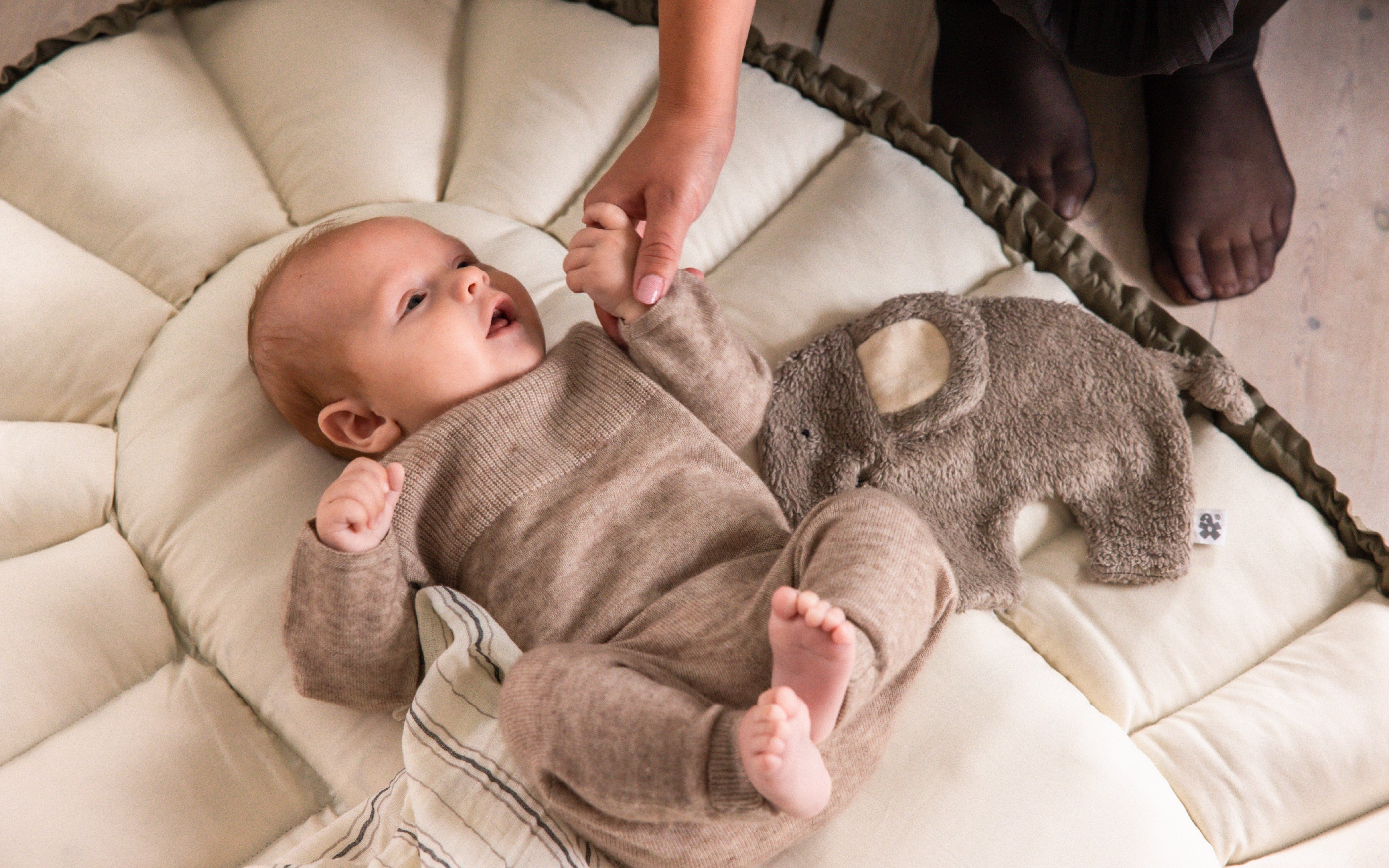Laura Mittet | Motorikland
Laura Mittet (34) is a mother of three girls, pediatric physiotherapist, and holds a master’s degree in Educational Psychology. She has many years of experience with children – in public institutions, private practice, and child psychiatry.
In 2022, she became part of Rødovre Physiotherapy and Health Center and co-founded Motorikland – a universe for babies, children, pregnant women, and parents in the postpartum period. Here, physiotherapy, group courses, and workshops are offered with focus on movement, play, presence, and professional guidance.

























